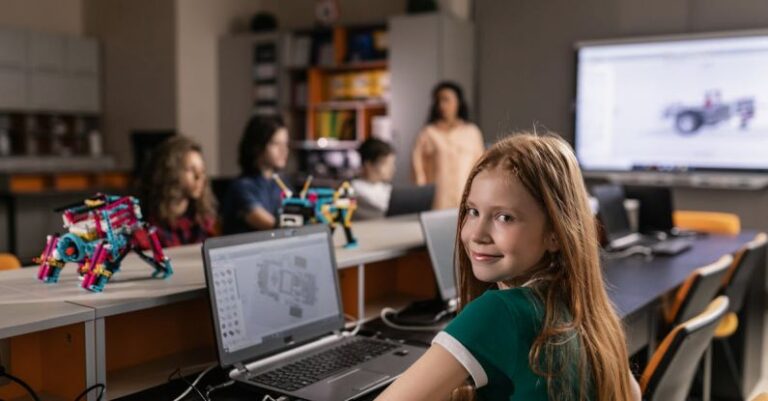
Automation and robotics have revolutionized various industries, streamlining processes, increasing efficiency, and improving overall productivity. In the realm of industrial processes, robotics has brought about significant transformations, changing the way tasks are performed and enhancing the capabilities of manufacturing and production facilities. Let’s delve into the realm of industrial robotics and explore the key processes that have been transformed by this technological advancement.
Advancements in Assembly Lines
One of the most notable transformations brought about by robotics is in the realm of assembly lines. Traditional assembly lines were labor-intensive, requiring manual work for the assembly of products. However, with the integration of robotics, tasks such as picking, placing, and fastening components have been automated, leading to faster production cycles and higher precision. Robots equipped with sensors and AI capabilities can adapt to different product variants, making them versatile and efficient in handling various assembly processes.
Welding and Metal Fabrication
Robotic welding systems have revolutionized the metal fabrication industry, offering high levels of precision and repeatability in welding processes. These robotic systems are equipped with advanced welding technologies, such as laser welding and arc welding, enabling them to weld intricate metal components with utmost accuracy. The use of robots in welding not only improves the quality of welds but also enhances worker safety by reducing exposure to hazardous fumes and high temperatures.
Material Handling and Logistics
In warehouses and distribution centers, robots have transformed material handling and logistics processes. Autonomous mobile robots (AMRs) and automated guided vehicles (AGVs) are used to transport goods within facilities, optimizing the flow of materials and reducing the need for manual intervention. These robots are equipped with sensors and navigation systems that allow them to navigate through complex environments, avoiding obstacles and optimizing their routes for maximum efficiency.
Quality Control and Inspection
Robotic systems have also made significant strides in the realm of quality control and inspection. Vision systems integrated with robots can perform intricate inspections on products, detecting defects, dimensional variations, and other imperfections with high accuracy. This level of automation not only improves the quality of products but also speeds up the inspection process, leading to faster production cycles and reduced error rates.
Packaging and Palletizing
Robotic systems have revolutionized packaging and palletizing processes in manufacturing facilities. Robots equipped with specialized end-of-arm tools can handle various packaging tasks, such as picking, packing, sealing, and labeling products. By automating these processes, companies can improve packaging consistency, reduce packaging waste, and increase throughput rates. Additionally, robotic palletizing systems can efficiently stack products on pallets, optimizing warehouse space and streamlining the shipping process.
Maintenance and Predictive Analytics
Robotic systems have also transformed the way maintenance tasks are performed in industrial settings. Predictive maintenance algorithms integrated with robots can monitor equipment performance in real-time, predicting potential failures before they occur. This proactive approach to maintenance not only reduces downtime but also extends the lifespan of machinery, leading to cost savings for companies in the long run.
In conclusion, the integration of robotics in industrial processes has brought about transformative changes across various sectors, enhancing efficiency, precision, and safety in manufacturing and production environments. From assembly lines to quality control, robotics have revolutionized the way tasks are performed, setting new standards for productivity and innovation in the industrial landscape. As technology continues to advance, we can expect further developments in industrial robotics, leading to even greater efficiencies and capabilities in the years to come.





